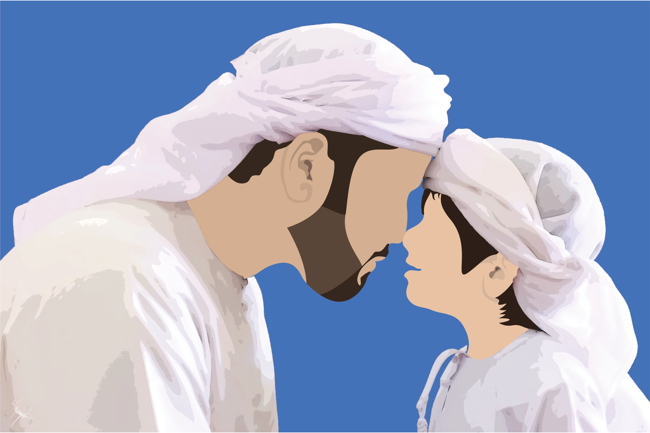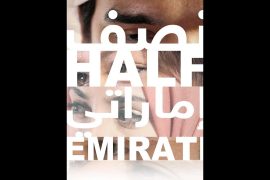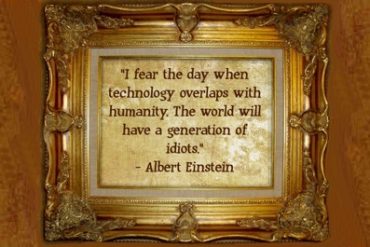How did the UAE society and families change across generations and time since the establishment of UAE till today?

The UAE’s society is an amalgam of different elements and is as diverse as most major cities/countries of the world are becoming. But respect to old known families and the structure of tribal families still continues among the Emiratis, regardless of the new dramatic economic turnarounds and changes to their traditional lifestyles. Many families still continue their traditional ways of living, despite having access to contemporary and modern housing, healthcare and education.
Local traditions, such as greeting each other with a nose kiss[1], are still followed. The clothes worn by most of the locals are still the traditional, even though some may make them with newer fabrics and designs. However, the changes in the country have impacted the social situations in small ways. For instance, an Emirati family was generally a unit of many generations living together. But, over the years, single units of parents and children have opted to live separately, along with paid help to do the household chores. Nevertheless, even though they may be staying separately, they generally stay close to the residences of their older parents and relatives, in an area that is appropriate for their social and economic standing. They also prefer not to live in an area where expats live (Al Sayyar, 1990: 80).
An average Emirati family has between six to eight children, as the government encourages them to have large families. However, over the years, families have been opting for fewer children (Al Sayyar, 1990: 82). Parents want better education and health care for their children, and that’s why they sometimes decide to have three to four children instead of six or eight. Having many children is very costly and requires a lot of effort from the parents; it gives the children only basic needs and limits their ability to access different places, as they will be limited in mobility.
Rugh (2007: 13) recounts an instance of the changes brought about by the discovery of oil and the associated economic and social revolution. A well-known family of Al Ain had three generations living together under the same roof. The societal changes brought about over the years can be exemplified by the women of this family.
The oldest woman in the family was the lean and sinewy grandmother, who continued her traditional life of raising goats in the family compound. The family was treated to fresh butter that the old lady made by swinging her goatskin ‘churn’ on an everyday basis. The exercise made her strong enough to boast about her firm and muscular abdomen. She reminisced about their annual trips undertaken on camels, lasting for days before they reached the coast. The same trip now took the family just over an hour in the new automobiles that they owned.
The old lady’s daughter had access to plenty of servants and lived in large mansions with all her needs taken care of. As a result, she suffered from obesity and various medical problems, such as diabetes and cardiac issues, while still only in her forties. Her daughters, in their teens and twenties, were fluent in many foreign languages thanks to the access they had to education. Their interests like those of many others of their generation worldwide included diets and fashion styles.
It is interesting to note the various generations in the same family typifying the changes in the country; the grandmother was totally uneducated, the mother could just about read religious texts, and the daughters were studying at the university. This is a very common sight to see in the UAE houses, and it shows the huge gap between generations and how families have changed dramatically.
Reflecting on my own family, I had the privilege to study abroad, where I did my masters in New Zealand and my doctorate in the United Kingdom. Growing up it seemed almost impossible that my family would allow me to travel alone to pursue my education. However, government support and scholarships for women to continue their education was the main reason that I had this chance. Now women in the UAE have all the facilities empowering them to do whatever they dream of. A great example is the four female delegations in Rio Olympic Games earlier this month.
What was mentioned above is only a glimpse of how the UAE families have been changing and continue to change. There is an urgent need to have more studies and research about this change. The current social changes of our modern society represent a huge and speedy transition from the rigid traditional image, which lasted for centuries, to a modern sophisticated one.
References
- AL SAYYAR, A. 1990. ‘Family and social change in UAE’. Studies in UAE society Sharjah: UAE Sociologist Association.
- RUGH, A. B. 2007. The Political Culture of Leadership in the United Arab Emirates New York, Palgrave Macmillan.
- [1] Nose kiss or rubbing noses which is considered to be a type of greeting that is known among the people of this region.




Dr. Mona verygood .. with best regards ..